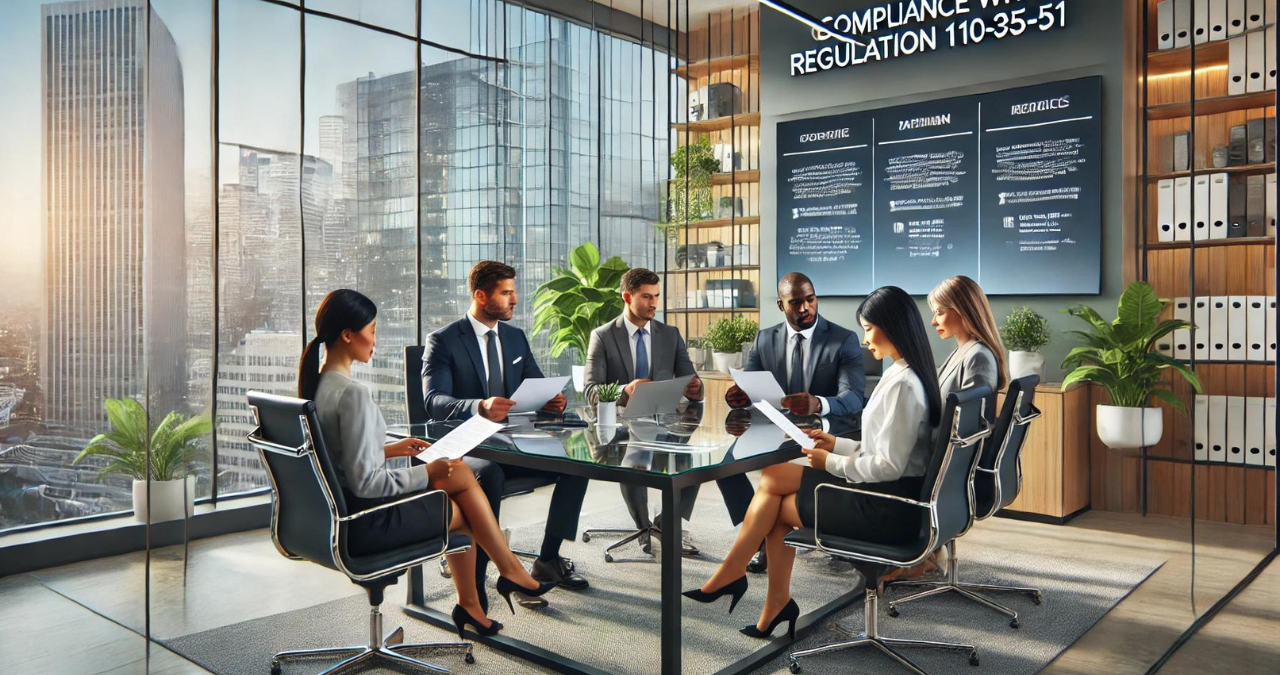Introduction
Understanding regulation or code “110.35-51” is crucial for professionals in relevant fields. This detailed article aims to elucidate the key aspects and requirements of this specific regulation, exploring its implications, who it affects, and how businesses and individuals can ensure compliance. While the particular nature of “110.35-51” has not been disclosed, this article will approach it as a generic regulatory framework relevant to various industries.
Overview of 110.35-51
Regulation 110.35-51 typically represents a set of guidelines or requirements within a particular legal or professional domain. Such codes are often associated with safety, quality, or compliance standards in industries ranging from finance and healthcare to construction and technology. Understanding the full scope of 110.35-51 is essential for any entity or individual it impacts, ensuring that they operate within the bounds of legal and ethical standards.
Critical Requirements of 110.35-51
The critical requirements of a regulation like 110.35-51 could include:
- Compliance Obligations: Detailed actions that must be taken to adhere to the regulation.
- Documentation and Reporting: Specifications on the necessary documentation and reporting procedures to regulatory bodies.
- Periodic Reviews and Audits: Requirements for regular reviews and audits to ensure ongoing compliance.
- Safety and Security Measures: If applicable, the regulation may require specific safety and security measures to be implemented.
Impact on Industry
The introduction or amendment of a regulation like 110.35-51 can have a significant impact on the relevant industry:
- Operational Changes: Businesses may need to alter their operational strategies to comply with new or updated regulations.
- Financial Implications: Compliance can involve financial outlays for training, system upgrades, or changes in operational processes.
- Competitive Dynamics: Regulations can level the playing field in competitive industries by standardizing certain practices.
Compliance Strategies
To effectively meet the requirements of 110.35-51, organizations might consider the following strategies:
- Training and Development: Implementing comprehensive training programs to educate staff on compliance requirements.
- System Overhauls: Upgrading technology and systems to support compliance efforts.
- Consulting with Experts: Engaging legal or industry-specific consultants to ensure that all aspects of the regulation are understood and integrated into business practices.
Legal and Ethical Considerations
Adhering to regulations like 110.35-51 is not only a legal obligation but also an ethical one. Businesses must consider:
- Ethical Implications: How compliance aligns with ethical business practices.
- Stakeholder Impact: The effect of compliance on all stakeholders, including customers, employees, and shareholders.
- Legal Consequences: Understanding the penalties for non-compliance and taking proactive steps to avoid legal issues.
Conclusion
Regulation 110.35-51, while specific and detailed, plays a crucial role in the governance of applicable industries. By understanding and implementing its key aspects and requirements, businesses can ensure not only compliance but also enhanced operational integrity and stakeholder trust.
Frequently Asked Questions (FAQs)
- What is Regulation 110.35-51?
- Regulation 110.35-51 refers to a specific set of guidelines or standards designed to govern practices within particular industries. These regulations ensure compliance with safety, quality, and ethical standards.
- Who is affected by Regulation 110.35-51?
- Typically, businesses and professionals within industries such as healthcare, finance, technology, and construction might be affected by such regulations. The exact entities affected would depend on the specific focus of the regulation.
- What are the penalties for non-compliance with 110.35-51?
- Penalties can range from fines and sanctions to more severe legal consequences, including suspension of business operations or licenses. The specifics would depend on the regulatory body governing the regulation.
- How often should a business review its compliance with 110.35-51?
- Regular reviews are recommended, with the frequency depending on the regulation itself and the governing body’s guidelines. Annual reviews are common, but more frequent checks are necessary in highly regulated industries.
- Can non-compliance with 110.35-51 affect a company’s reputation?
- Yes, non-compliance can lead to negative publicity, loss of client trust, and a damaged reputation, which can have long-term financial and operational consequences for a business.
You May Also Read: https://trendbullion.com/offerpagehub-fun/




